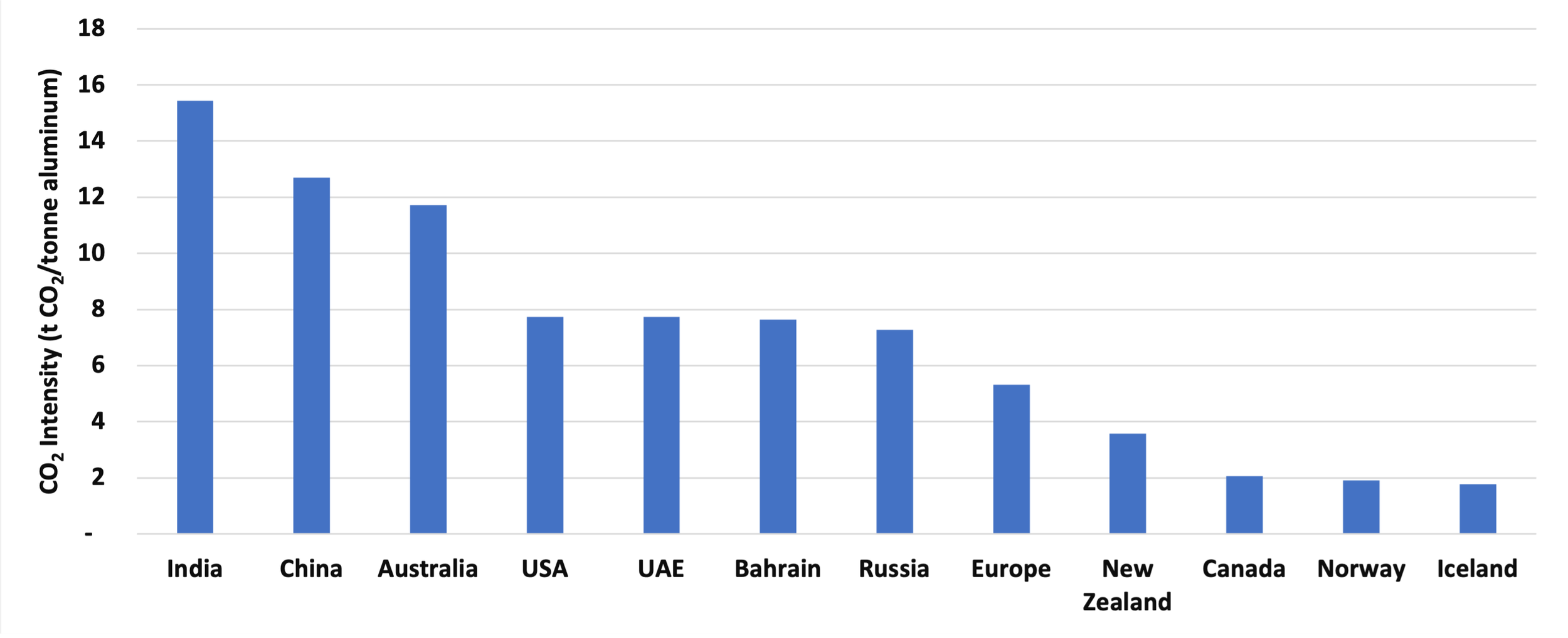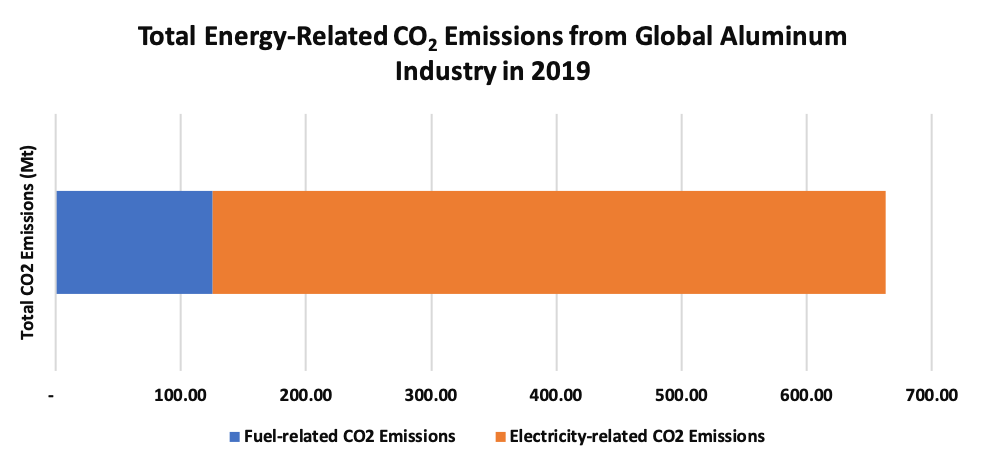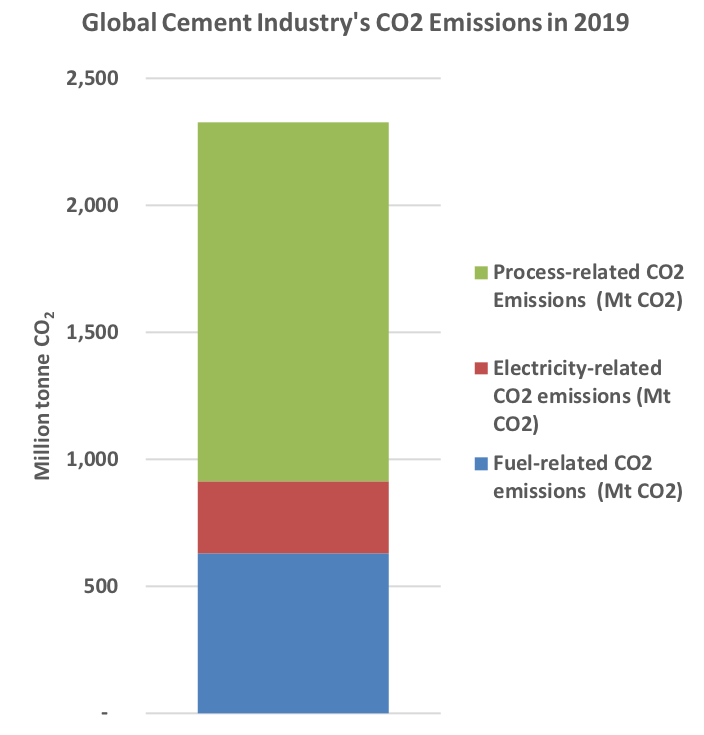Why in China, Melting Scrap in BOFs Cuts More CO₂ than in EAFs
Author: Ali Hasanbeigi, Ph.D.
I often hear comments about China falling short of its goal of reaching a 15% share of steel production from electric arc furnaces (EAFs) by 2025. But looking only at that target gives a distorted picture of what’s really happening. A more meaningful metric is the total amount of scrap steel being consumed in China, and that number has been climbing steadily.
The reason the EAF share hasn’t grown is not a lack of scrap, but the way the system is set up. Many Chinese EAFs have historically relied on large amounts of hot metal (sometimes as much as 40% of the charge), so when scrap availability grows, it often replaces pig iron in those EAFs rather than showing up as a higher EAF share in total steel production. On the BOF side, converters can handle up to around 30% scrap in the charge. Given that most of China’s BOF fleet is relatively new and still has many years of useful life, it makes sense to keep them running while increasing scrap input rather than rushing into new EAF capacity in the near term. This explains why EAF share has been flat even as scrap use climbs, and why tracking total scrap use is a better measure of progress than looking only at EAF output.
In fact, putting scrap into BOFs cuts more CO2 emissions than putting the same scrap into EAFs. And the reason has everything to do with how carbon-intensive China’s electricity (both grid electricity and coal-based captive power generation) still is.
Note: The BOF emission intensity in this article refers only to the converter stage and does not include blast furnace emissions, since in this context we are comparing the emissions from melting scrap in a BOF versus an EAF.
Scrap always displaces blast furnace hot metal
The starting point is the same for both steelmaking routes. Any time you use scrap, you are avoiding the need to produce the same amount of hot metal in a blast furnace. That is where the bulk of the emissions come from, and in China, it typically amounts to close to 1.9-2 tons of CO2 per ton of hot metal. So whether that scrap ends up in a BOF or an EAF, you have already avoided a big block of emissions. The real question then becomes: once you have the scrap in hand, which furnace option adds fewer additional emissions to melt and refine it?
Scrap in BOFs adds very little to CO2 emissions
The marginal emissions of melting scrap in a BOF are extremely small. The converter itself mainly involves oxygen blowing, fluxes, and slag formation, which together emit 0.03 - 0.05 tons of CO₂ per ton of steel. This is essentially the energy cost of processing the scrap once it is in the BOF. In practice, this amount is almost negligible compared with the 2 tons of CO₂ avoided by not producing hot metal in BF. That is why, under current conditions, the most climate-efficient use of scrap in China is to push it into BOFs wherever possible. It delivers almost all of the benefits of avoiding hot metal with very little new emissions added.
Scrap in EAFs depends on the electricity mix
The EAF route is different because it relies heavily on electricity. And in China, this is where the challenge lies. The average emissions factor of the national power grid in China is over 0.6 tons of CO₂ per MWh, which is much higher than in most advanced economies. Melting one ton of scrap in an EAF requires around 450 kWh of electricity. That alone generates about 0.27 tons of CO₂. On top of that, EAFs use fuels and oxygen on-site which add another 0.05 tons of CO₂ per ton of steel. Together, the total comes to roughly 0.32 tons of CO₂ per ton of scrap melted in an EAF in China. If captive coal power generation is used to supply electricity to EAFs, which is common in China, then the EAF emissions would be even higher.
Comparing the two routes
Putting those numbers side by side makes the trade-off clear. Scrap in a BOF adds only about 0.03 - 0.05 tons of CO₂, while scrap in an EAF adds around 0.32 tons. That makes the EAF about 6 to 10 times more carbon-intensive than the BOF for melting steel scrap under Chinese conditions. Both routes avoid the high BF emissions, but the EAF adds a much larger overhead. This is the main reason why shifting scrap from BOFs to EAFs today does not deliver additional climate benefit in China. In fact, it can lead to higher emissions per ton of scrap used.
The limits of BOF scrap use
Of course, there is only so much scrap you can put into a BOF before running into operational limits. The practical ceiling is about 25 to 30 percent of the charge. Beyond this point, temperature control and endpoint chemistry become difficult. So while BOFs should be the first choice for scrap in the near term, they cannot absorb all the scrap China is generating. Once that ceiling is reached, the additional scrap must flow into EAFs. That does not negate the value of scrap, but it does mean that EAFs carry a higher carbon penalty until the grid becomes cleaner.
When EAFs make more sense
The emissions of scrap use shift once the grid itself decarbonizes. If the emissions factor were to fall to close to zero tons CO₂ per MWh, then the EAF would begin to look as good as, or better than, the BOF for processing scrap. In that world, the electricity overhead becomes small enough that the flexibility and scalability of EAFs make them the preferred option. The transition in the power sector is the key enabler for EAFs to become genuinely low-carbon in China.
A sensible sequence for China
Taken together, I suggest a practical sequence for China’s scrap strategy. First, maximize scrap use in BOFs up to the 25–30% limit. Based on my rough calculation, BOFs in China are currently running at about a 15% scrap charge. That means the existing BOF fleet could still take in an additional 80–100 million tons of scrap beyond what they are using today.
Second, direct the remaining available scrap into existing EAFs, even if their marginal emissions are higher than BOFs under current grid conditions.
Third, only once both BOF and EAF scrap utilization are close to their technical ceilings should China shift more aggressively toward building new EAF capacity. That point is most likely to come in the 2030s, when the power grid is expected to be much cleaner. Until then, the most effective approach is to extract the maximum climate benefit from existing assets rather than rushing into new EAF capacity that cannot yet deliver the emissions savings often assumed.
Increasing scrap use in BOFs is also one of the most realistic near-term levers to cut emissions from China’s steel sector. Many of the country’s BF-BOF plants are still relatively new, and in practice most will remain in operation for at least another reline cycle, extending their lives by 15–20 years. While the long-term goal must be to phase out coal-based BF-BOF steelmaking, the immediate priority is to reduce the amount of hot metal existing BFs produce. Maximizing scrap in BOFs allows China to lower emissions quickly, while the country builds out the clean power and hydrogen and has substantially more scrap in the medium- and long-term needed for a full transition away from BF-BOF to scrap-EAF and H2-DRI.
Interested in data and decarbonization studies on the global steel industry? Check out our list of steel industry publications on this page.





































